If you’ve ever traveled to Africa or done business with African countries, you might have wondered which African currencies are the strongest? How stable are they? And how does that impact everyday life, trade, or investment?
Understanding currency strength is crucial for travelers, investors, policymakers, and even ordinary citizens. It can influence prices, savings, international trade, and economic confidence.
In this article, we’ll explore the top 10 strongest African currencies in 2025, explain what makes them strong, and why it matters to you. Whether you’re planning a trip, investing in the continent, or just curious about African economics, this guide will give you valuable insights.
What Does “Strong Currency” Mean in Africa?
Before we dive into the list, let’s clarify what a “strong currency” really means.
When we say a currency is “strong,” we usually mean it has a high value relative to the US dollar or other major global currencies. In practical terms, it means you need fewer units of that currency to buy one US dollar. For example, if 1 US dollar equals 3 Tunisian dinars, that currency is stronger than one where 1 dollar equals 18 South African rand.
A strong currency often reflects several positive factors, such as:
📌 Read More
- Low inflation rates
- Stable government fiscal policies
- Good foreign exchange reserves
- Healthy export sectors
- Political stability and sound economic governance
However, it’s important to note that a strong currency isn’t always synonymous with a strong economy overall. Sometimes, countries manage their exchange rates artificially or have other economic issues beneath the surface.
The Top 10 Strongest African Currencies in 2025
Here is the list of the top 10 strongest African currencies, ranked by their approximate exchange rate against the US dollar in 2025. Each currency’s strength is backed by unique economic, political, and geographic factors.
1. Tunisian Dinar (TND)
Leading the pack is the Tunisian dinar, valued at roughly 3.0 to 3.1 dinars per US dollar. Tunisia’s currency strength comes from its diverse economy which includes agriculture, mining, manufacturing, and a significant tourism sector.
Tunisia has managed to maintain relatively stable economic policies despite regional challenges, keeping inflation controlled and building foreign exchange reserves. For travelers and investors, the Tunisian dinar’s strength means more purchasing power when converting from dollars or euros.
2. Libyan Dinar (LYD)
Next up is the Libyan dinar, trading between 4.8 and 5.5 dinars per US dollar. Libya’s economy heavily depends on oil exports, which supply the government with revenue and foreign currency reserves to back the dinar.
Despite political instability over recent years, the Libyan government and its partners have worked to stabilize the currency and manage inflation, allowing the dinar to hold significant value.
3. Moroccan Dirham (MAD)
The Moroccan dirham ranks third, trading at around 9 to 10 dirhams per US dollar. Morocco has a diversified economy with strong sectors in agriculture, manufacturing, and tourism, plus a growing renewable energy sector.
Prudent fiscal management and policies aimed at encouraging foreign investment have helped the dirham maintain strength in international markets.
4. Botswana Pula (BWP)
Botswana’s pula is valued around 13 to 14 pula per US dollar. Botswana stands out for its strong governance, sound fiscal policy, and rich diamond resources.
The government’s effective management of diamond revenues has allowed Botswana to build a resilient economy and maintain a stable currency, which in turn supports investor confidence.
5. Seychellois Rupee (SCR)
The Seychellois rupee, trading near 14 to 15 rupees per dollar, benefits from Seychelles’ booming tourism industry and fishing sector.
Seychelles is a small island nation but has a relatively high GDP per capita in Africa due to its managed monetary policy and openness to foreign investment, which helps maintain its currency’s value.
6. Eritrean Nakfa (ERN)
The Eritrean nakfa holds its value at about 15 nakfas per US dollar, mainly due to the government’s fixed exchange rate policy. While Eritrea’s economy faces challenges, this controlled regime helps avoid large currency fluctuations.
However, it also limits foreign exchange availability, impacting trade and investment opportunities.
7. Ghanaian Cedi (GHS)
The Ghanaian cedi has recently improved, trading between 15 and 16 cedis per US dollar. Ghana is West Africa’s second-largest economy with significant gold, cocoa, and oil exports.
Recent fiscal reforms, improved governance, and better inflation control have strengthened the cedi, helping Ghana attract more foreign investment.
8. Namibian Dollar (NAD)
The Namibian dollar trades at about 18 to 19 dollars per US dollar and is pegged to the South African rand. Namibia’s economy is linked closely with South Africa, benefiting from mining (especially diamonds and uranium) and agriculture.
The peg helps stabilize the currency but also ties Namibia’s monetary policy to South Africa’s economic conditions.
9. Lesotho Loti (LSL)
Like Namibia, Lesotho’s loti is pegged to the South African rand and trades around 18 to 19 lotis per dollar. Lesotho benefits from this peg, which reduces currency volatility, but also means it follows South Africa’s monetary policy.
Lesotho’s economy relies heavily on textile manufacturing and remittances from workers in South Africa.
10. South African Rand (ZAR)
Finally, the South African rand, trading between 18 and 19 rand per US dollar, is one of Africa’s most well-known currencies.
South Africa has the continent’s most diversified economy, including mining, manufacturing, agriculture, and finance. The rand is widely used in regional trade and finance but has faced volatility due to political and economic challenges.
Why Do These Currencies Matter to You?
If you’re a traveler, knowing the strongest African currencies can help you better plan your budget and understand exchange rates.
For businesses and investors, currency strength affects profitability, risk exposure, and market potential. Stronger currencies generally mean more stable economic environments.
For policymakers and economists, these currencies reflect broader economic health and governance quality in their respective countries.
What Can Impact Currency Strength Going Forward?
Currency strength can change quickly based on:
- Political stability or unrest
- Commodity price fluctuations (e.g., oil, diamonds, gold)
- Government fiscal and monetary policies
- Global economic conditions and trade relations
For example, the strength of oil exporters like Libya can vary with global oil prices. Similarly, countries relying on tourism like Tunisia and Seychelles can be affected by global travel trends.
📰 Similar Posts
Final Thoughts: What’s Next?
Africa’s currency landscape is diverse and dynamic. While these 10 currencies currently rank as the strongest, economic shifts can change the picture rapidly.
If you’re interested in travel, investment, or business in Africa, it’s vital to keep an eye on currency trends, inflation rates, and political developments.
Want to learn more about how currency strength affects your travel plans, investments, or business opportunities in Africa? Feel free to contact us for further enquiries or personalized advice. Stay informed, and make your decisions with confidence.

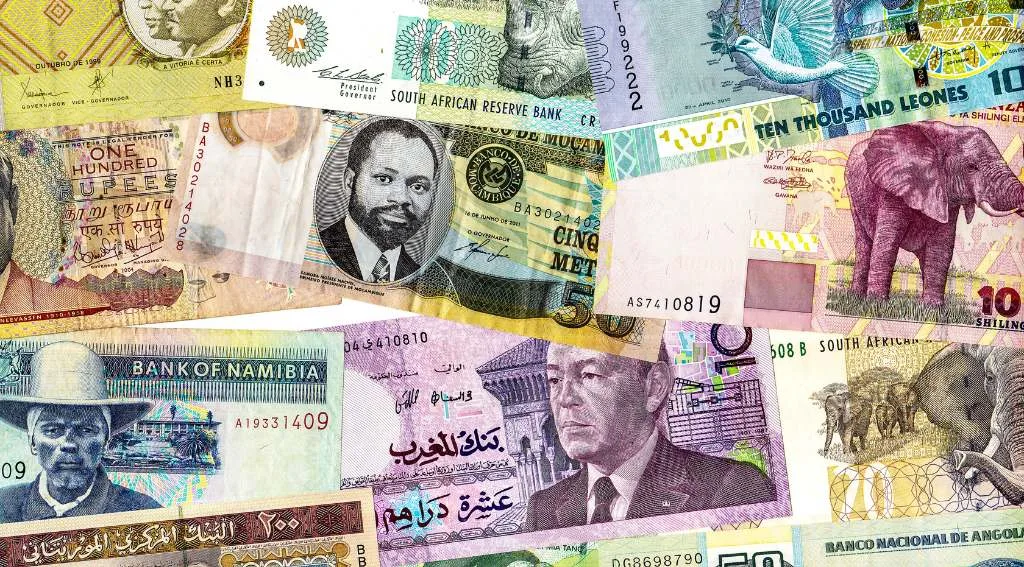







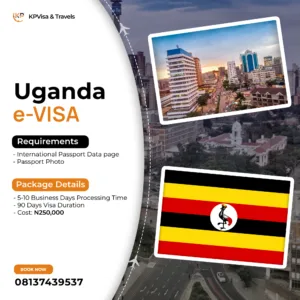
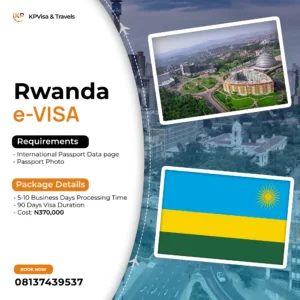
















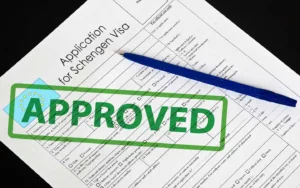



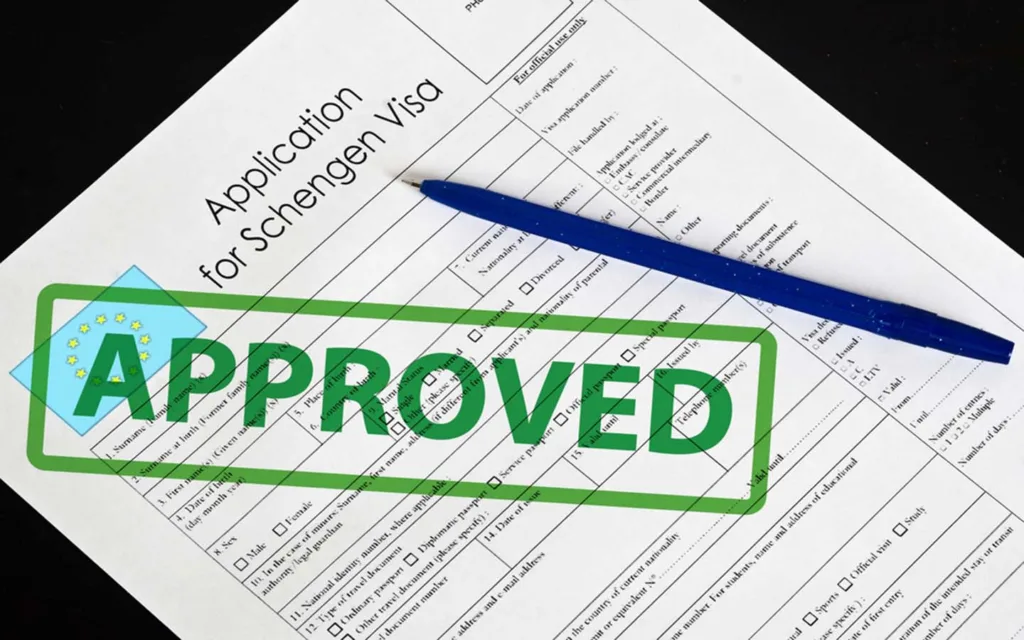




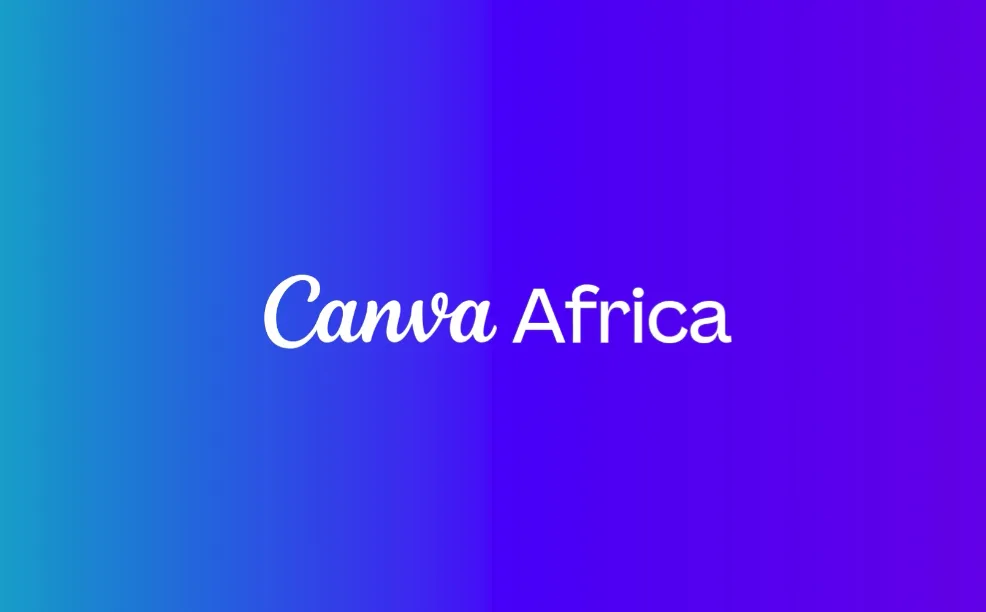
No responses yet